Reportar esta entrada
Más sobre la misma comunidad-colección
Teepees at Indian Cliffs Ranch in Fabens, TX
Teepees at Indian Cliffs Ranch in Fabens, TX - These tepees are ...
Castillo de Chapultepec, Mexico
Chapultepec Castle (Spanish: Castillo de Chapultepec) is located ...
Cuartel General de F. I. Madero (Casa Adobe)
The notation on the back of the image says: " Across the Rio ...
Turistas Durante Revolución Mexicana
Two women and a man (center left) are preparing to pose for ...
Los turistas durante Revolución Mexicana
A group of people is sitting in the dessert. The two women and ...
Turistas durante Revolución Mexicana, parte 4
Two women and one man are posing with some rebels for a ...
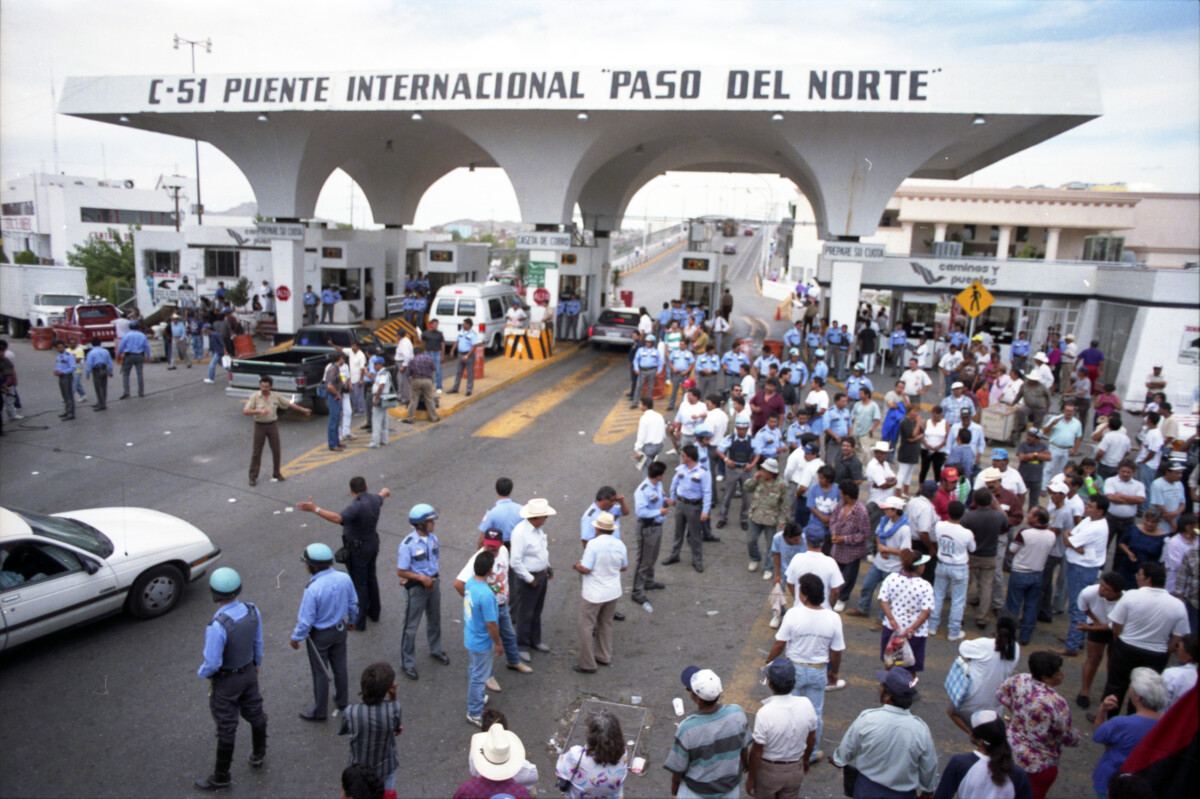
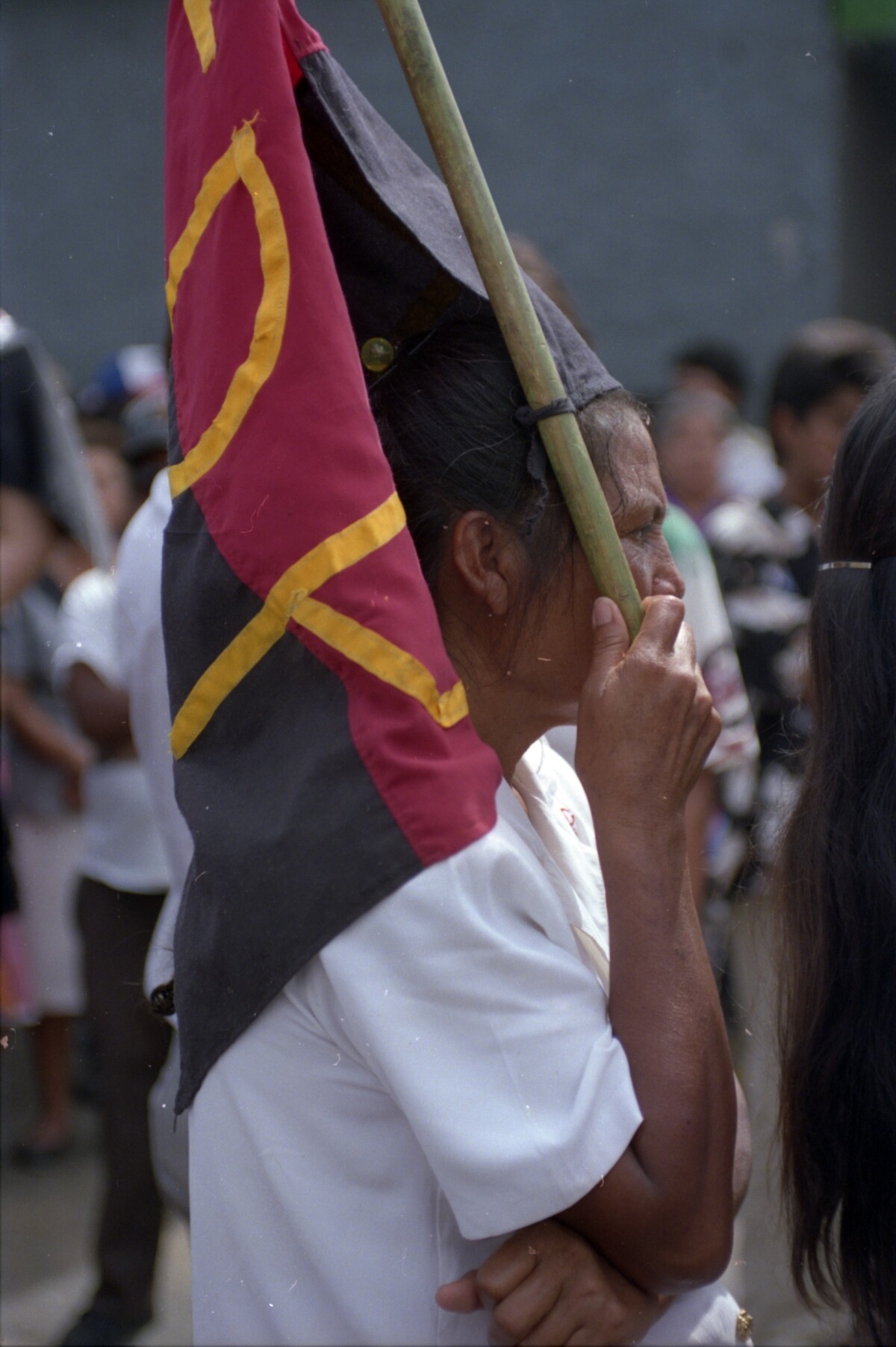

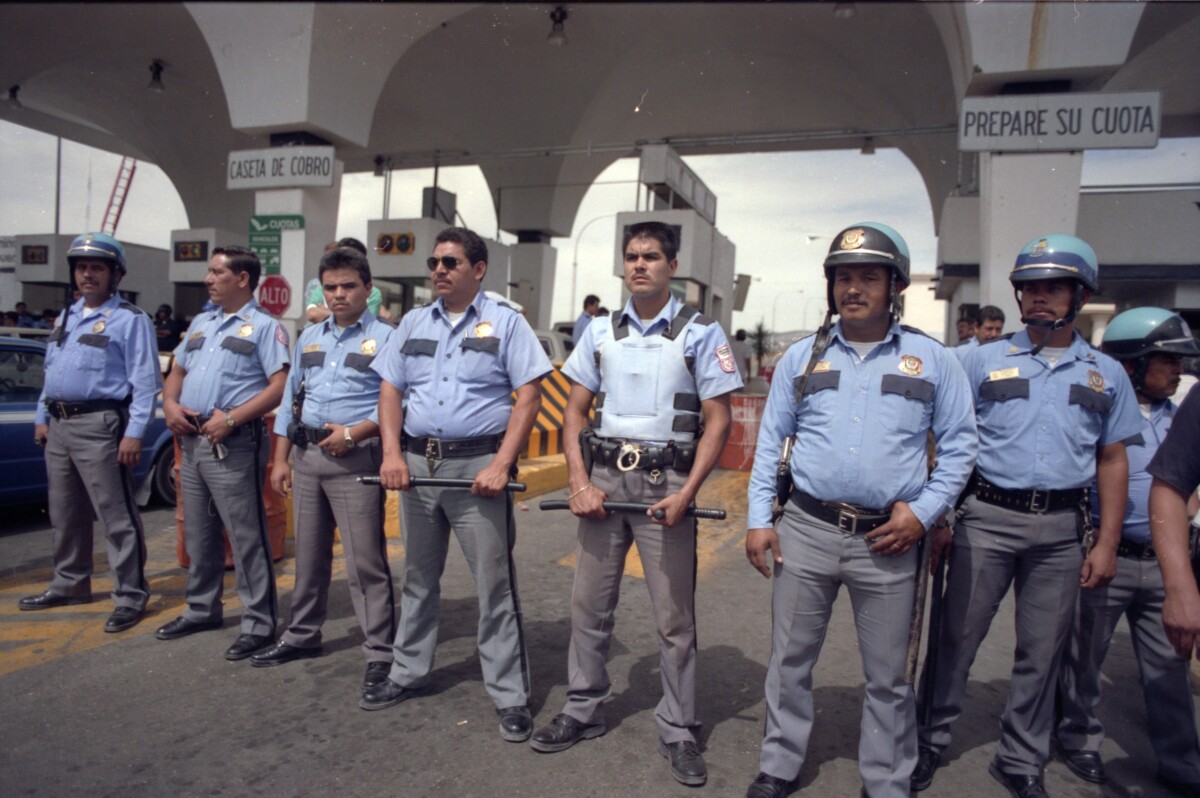
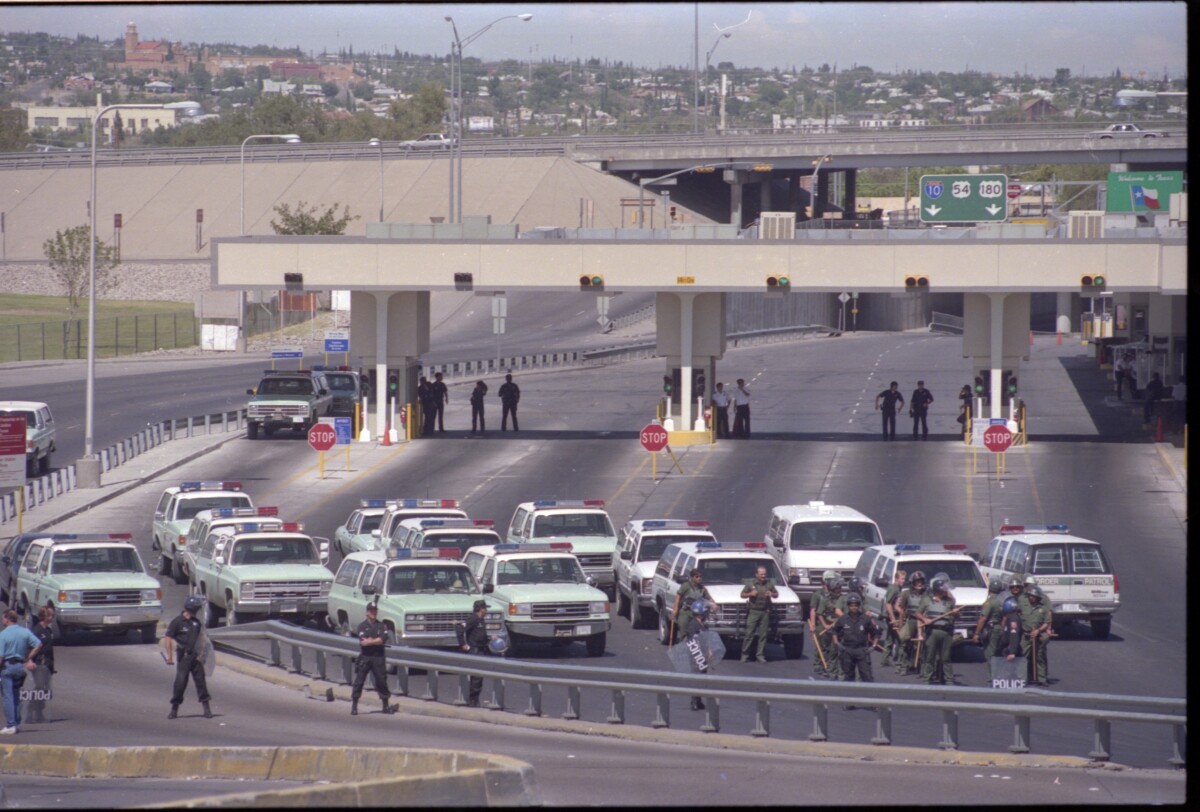

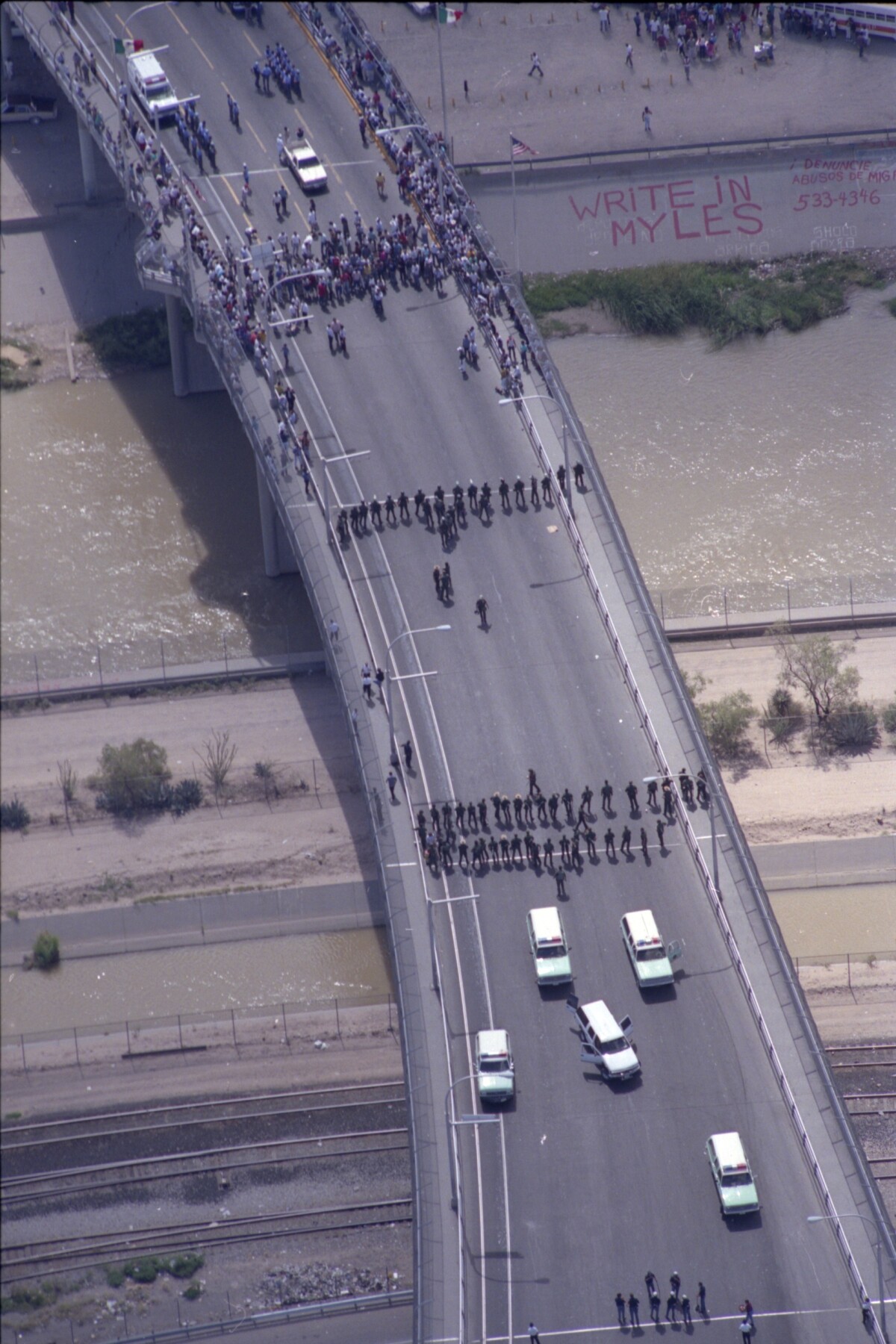
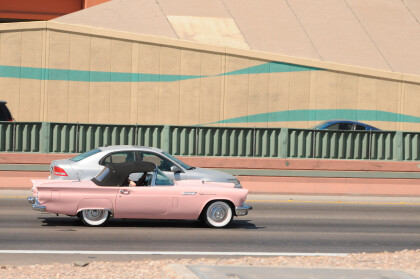
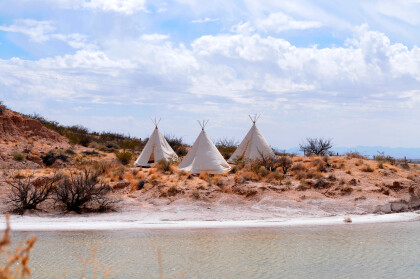
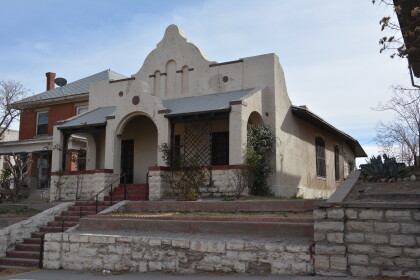
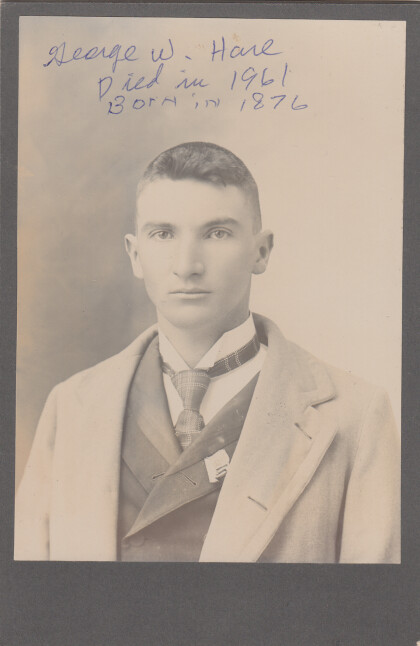
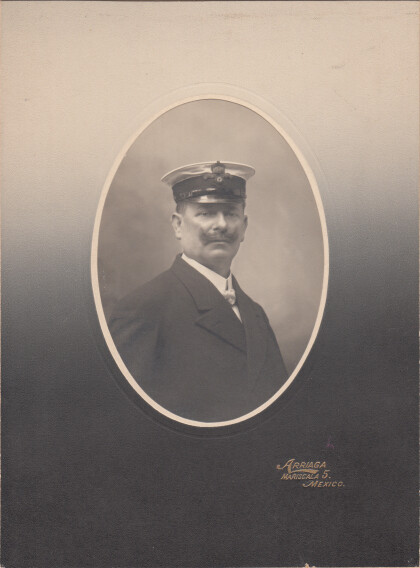
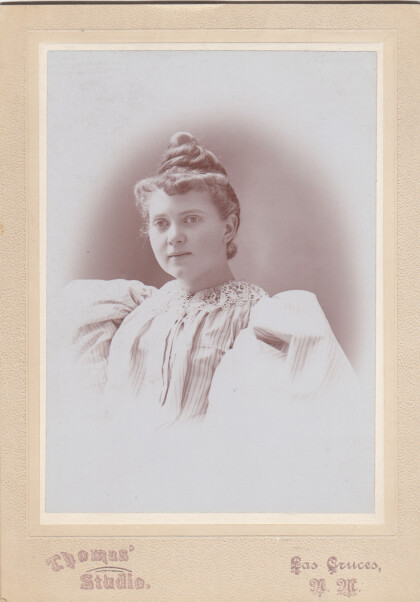

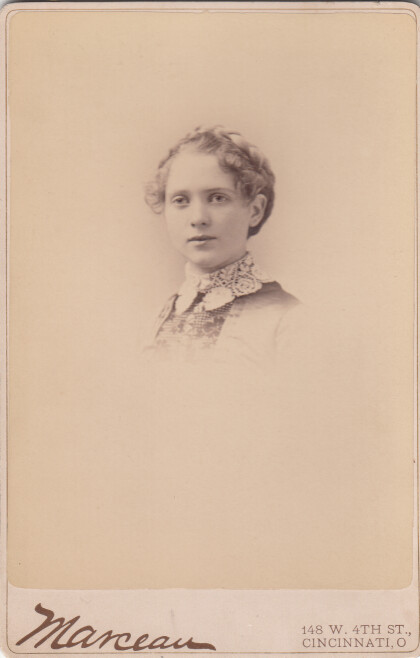
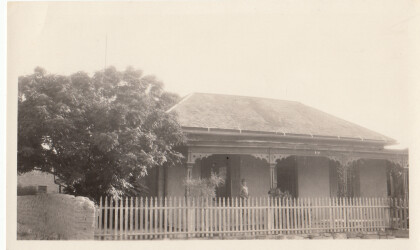
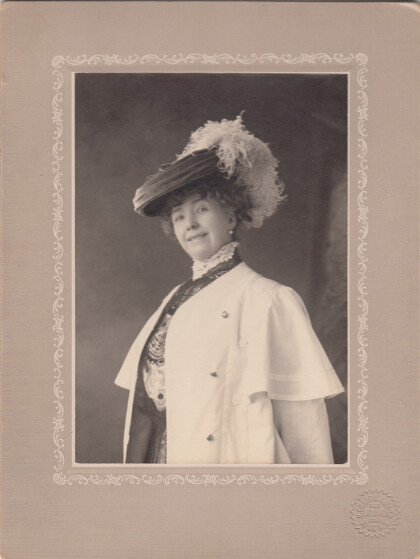
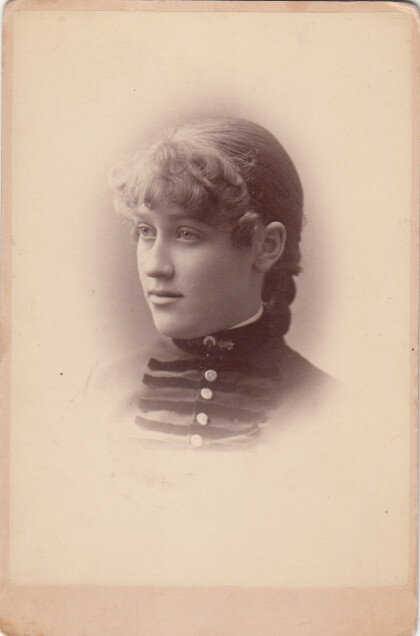

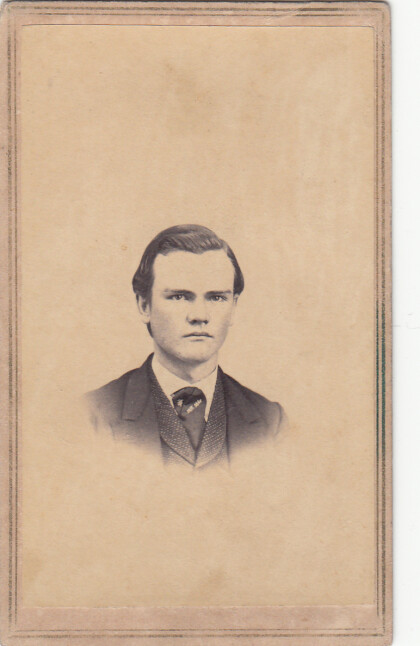
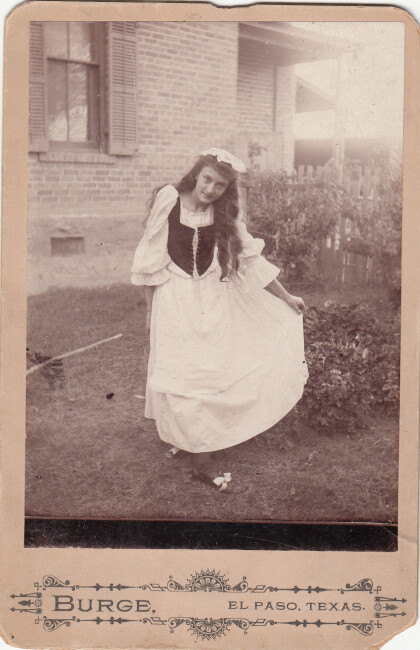

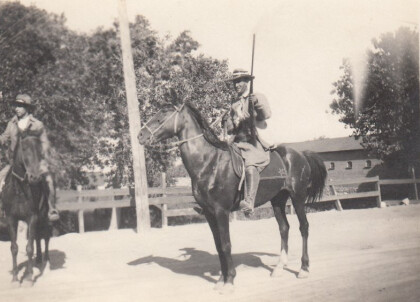
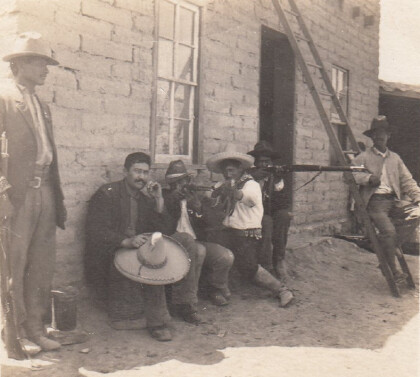
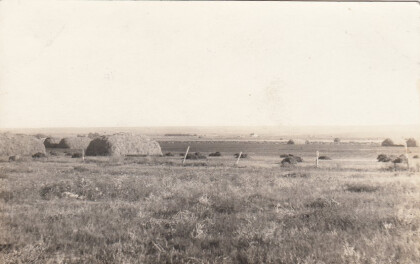
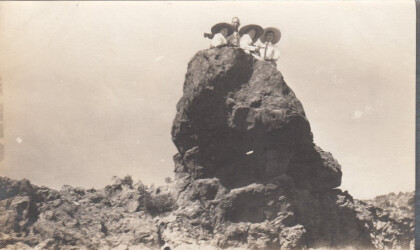

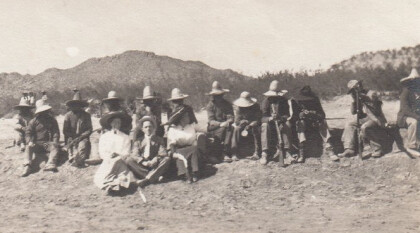
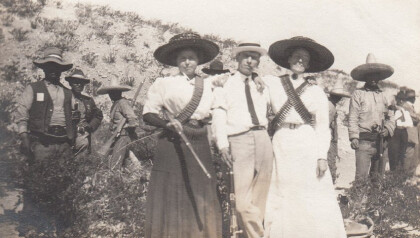

Comentarios
Hacer un comentario